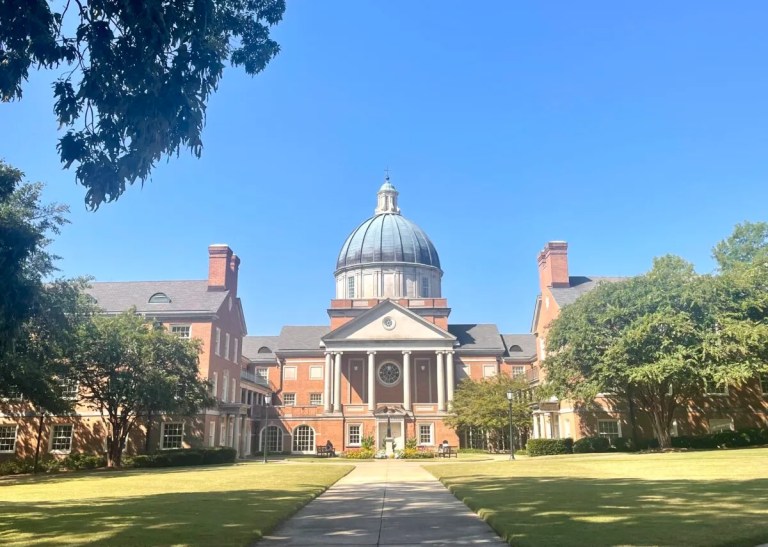UAB successfully executes world’s first pig-to-human kidney transplant—learn more
Reading time: 4 minutes

Our friends at UAB have done it again, and this time they’re getting international attention. They have accomplished several world’s firsts with their latest innovation—a pig-to-human kidney transplant. Read on for more details about this ground-breaking achievement that could impact the lives of the over 800,000 Americans living with kidney failure.
World’s first pig-to-human kidney transplant
Surgeons around the world have made multiple attempts to transplant animal organs into humans, in a method known as Xenotransplantation. But, the hang up has always been demonstrating how transplanting an animal organ (in this case, a pig kidney) would work in the real world. This includes issues like organ rejection, organ overgrowth after transplant and more.
This is where The University of Alabama at Birmingham Marnix E. Heersink School of Medicine comes in. They have released the first peer-reviewed research outlining their successful transplant of genetically modified, clinical-grade pig kidneys. Published in the American Journal of Transplantation, the paper reviews their full process, including special modifications to the donor kidneys.
Don’t have a copy of the American Journal of Transplantation handy? Check out the video above for an in-depth look at their process.
“This game-changing moment in the history of medicine represents a paradigm shift and a major milestone in the field of xenotransplantation, which is arguably the best solution to the organ shortage crisis. We have bridged critical knowledge gaps and obtained the safety and feasibility data necessary to begin a clinical trial in living humans with end-stage kidney failure disease.”
—Jayme Locke, M.D., Director of the Comprehensive Transplant Institute, UAB’s Department of Surgery and lead surgeon for the study
The recipient, Jim Parsons
Meet the late Jim Parsons, UAB’s 57-year-old kidney recipient. Jim was a critical part of the research process, and may well have helped change the global outlook on organ transplantation.
Jim was registered as an organ donor with Legacy of Hope, but when he died, doctors determined that his organs were not suitable for donation. When presented with this opportunity, Jim’s family allowed doctors at UAB to keep him alive on a ventilator to participate in the study.
His native organs were removed, and the two genetically modified pig kidneys were implanted. History was made (and documented) right here in Birmingham, thanks to Jim and his family.
“Jim was a never-met-a-stranger kind of guy who would talk to anyone and had no enemies—none. Jim would have wanted to save as many people as he could with his death, and if he knew he could potentially save thousands and thousands of people by doing this, he would have had no hesitation. Our dream is that no other person dies waiting for a kidney, and we know that Jim is very proud that his death could potentially bring so much hope to others.”
—Julie O’Hara, Jim Parsons’ ex-wife
A bright future for pig-to-human kidney transplants
According to the National Institute of Diabetes and Digestive and Kidney Diseases, kidney disease kills more people each year than breast or prostate cancer. Experts agree that transplantation is the gold standard for end-stage kidney disease, but only 25,000 kidney transplants are performed each year in the United States.
If you’re in need of a donor kidney, you’d be fortunate to receive one in 5-10 years. Unfortunately, almost 5,000 people die each year waiting for a transplant.
The pros at UAB are world leaders in organ transplantation, and have performed over 9,000 kidney transplants since 1988. They hope that their xenotransplantation program will continue to address the critical organ shortage. We can’t wait to see what they do next.
Want more local news like this delivered straight to your inbox? Sign up for our FREE newsletter.







